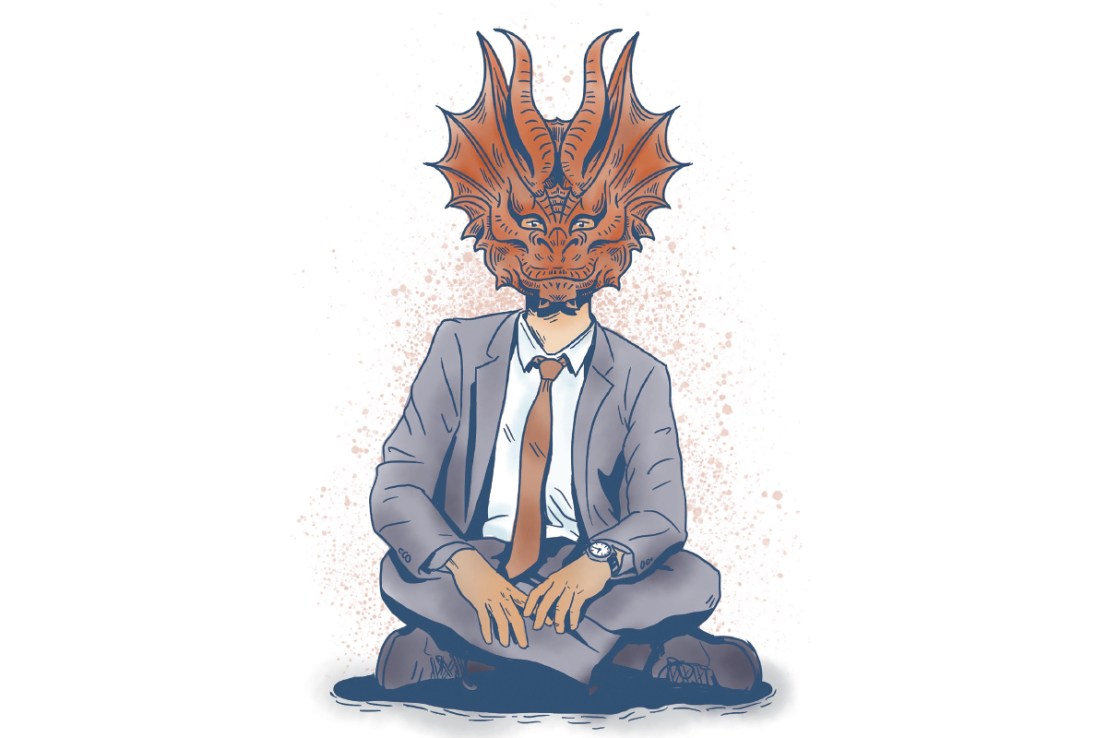How our news reporter fell into the world of Dungeons & Dragons
Our gnome bard was attempting to woo the lord of the manor when it happened. A banshee had exploded out of the floor, sending guards fleeing and instantly petrifying my pet direwolf. Our orc barbarian was drunk at the time, leaving him utterly useless, so it all fell on me to calm the banshee or, [...]


Our gnome bard was attempting to woo the lord of the manor when it happened. A banshee had exploded out of the floor, sending guards fleeing and instantly petrifying my pet direwolf.
Our orc barbarian was drunk at the time, leaving him utterly useless, so it all fell on me to calm the banshee or, if necessary, banish her back to the hell plane from whence she came.
It wasn’t all that different from a normal day at City AM, now I think about it.
I first encountered Dungeons and Dragons (DnD) – like many others – as part of the plot of Netflix drama Stranger Things. There, it is very much portrayed as a game for pre-teen nerds, a relic of the 1980s of interest only to true obsessives.
My gateway drug was podcasts – my favourite being Not Another DnD Podcast – which allow you to dip your toe into Dungeons & Dragons without setting up hours-long roleplaying sessions with reluctant friends. But sure enough, listening to incredibly funny comedians fight dragons, kill gods, or enter a giant wrestling competition, made me want to do the same.
The final push came from the pandemic. The only way I could see any of my friends was sitting outside, so we would camp out on the steps of one of our flats (none of us could afford a garden) and roll dice. We still play today, usually inside while drinking beer, although sometimes over Zoom if we can’t convince our two friends from Brighton to make the journey up.
The first ever dungeons and dragons campaign I ran ended with my friends fighting a massive white dragon; it was quickly put to a halt once they realised they had a spell that could turn him into a chicken
Our characters vary between campaigns, but we’re usually joined by at least one beefcake who is only good at hitting stuff (normally a barbarian or fighter), one healer (clerics, druids, and paladins), and one charismatic yet irritating halfling (think hobbits without a lawsuit from the Tolkien estate). Our characters rarely match our personalities: it is far more fun to pretend to be the total opposite of what you’re stuck with in your daily life.
Picking a totally off the wall character can help you figure out different ways of thinking: Imagine a situation where you arrive at the big bad evil guy’s castle. How are you going to get in? Try and charm the guard and get through the front door? Sneak in a window? Or just charge straight in? Any and all solutions are acceptable, as long as you have the skill set and are able to persuade your Dungeon Master that it’d work.
My favourite Dungeons & Dragons character of all was my dragonborn paladin Kalvaxus, an egomaniac who ended up beefing with the god from whom he got all his religious magic (it didn’t end well for him).The first ever campaign I ran ended with my friends fighting a massive white dragon; it was quickly put to a halt once they realised they had a spell that could turn him into a chicken. Surely that’s a lesson any of us could take into our day jobs.



